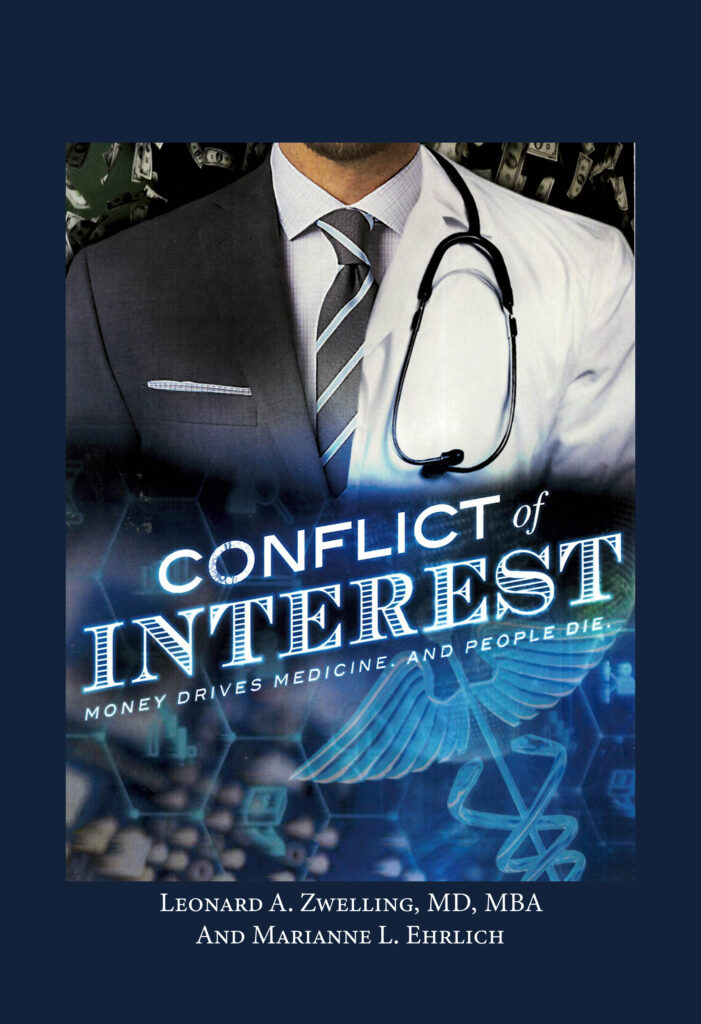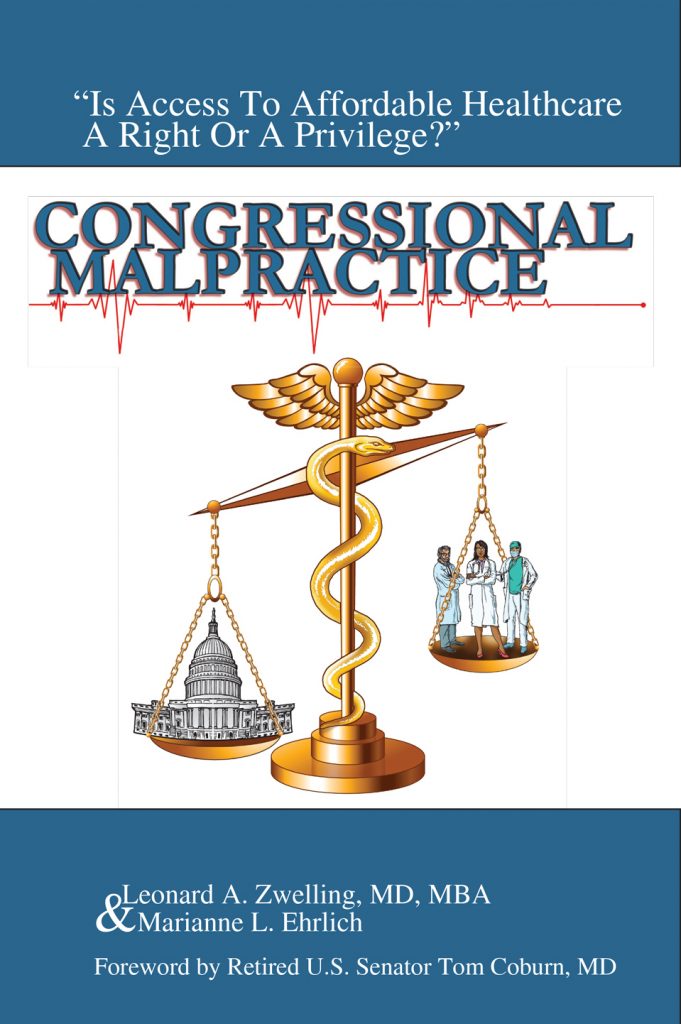As A Patient
By
Leonard Zwelling
I believe in cancer screening and cancer prevention. I think that the new recommendations to reduce the age at which women get mammograms is a step forward. I think HPV vaccines ought to be part of the panel given to every child before the age of potential sexual activity—if the parents agree. I still, at my advanced age (75), get colonoscopies every five years. And, despite all the evidence that says I don’t need to do this anymore, I get my serum PSA measured annually.
On my most recent concierge doctor visit, my routine lab work was all within normal limits except my PSA which was elevated. Now, I had been getting my PSA checks at MD Anderson for many years and the most recent one at MD Anderson before the “elevated” one was normal. So rather than panic, I went back to MD Anderson for a recheck. It was normal, elevated from a year before, but normal. Just to be safe, my urologist asked that I keep the MRI appointment that had been penciled in for me. MRI slots are hard to get and it would provide us with a real baseline.
This blog has related the adventure of an MD Anderson prostate MRI. Let me sum it up as being fairly invasive and not patient-friendly. Fortunately, mine showed no malignancy. Apparently, as men age their prostates get bigger and thus the PSA can be observed to creep up. The latest methodology divides the measured PSA by the size of the gland estimated from the MRI and my calculated number is very low. They’ll see me in six months.
That’s the background, but here’s the news.
I counted six people who I encountered during my recent visit to the GU Clinic and the preceding visit to the Diagnostic Laboratory at MD Anderson. The wrist band lady, the blood drawer (fantastic technique), the clinic clerk (with the Jesus Loves You sign), the medical assistant (vital signs, and weight and no I did not fall recently), the intake nurse (no, I still did not fall recently), and the nurse practitioner all were incredibly professional, pleasant, and apparently happy. The only one who expressed anything else was the nurse practitioner who envied my retirement. My advice to her was to not rush into anything. My doc managed me on the phone as he was working remotely this day.
I think I am beginning to understand the method in the madness of the MD Anderson president. Dr. Pisters has made it quite clear that he views everyone at Anderson equally. “One MD Anderson” is his chosen phrase. This is new. For years the faculty dominated the landscape. Now, not so much. Thus, this new arrangement must please the rank-and-file employees at Anderson even as the faculty are becoming more discontent and less engaged. But the faculty make up under 10% of the work force. That 10% of your workforce is unhappy (or only a percentage of the ten percent) is a blip if everyone’s feelings have the same weight, which is as it appears to be under Dr. Pisters.
From the point of view of a patient, the clinic and lab ran smoothly and efficiently. I was well looked after and and the entire experience of the last 9 months chasing an aberrant lab value was handled with great professionalism and skill by my MD Anderson team.
My point is only that from the viewpoint of a patient, MD Anderson seems to be working fine. But then again, I don’t have to work there any longer. Perhaps, if I did, I might feel differently.
The data from recent surveys suggest that this is exactly what is taking place. There is high engagement by the non-faculty work force, and low satisfaction from the faculty (satisfaction being defined as the absence of desire).
Now, here’s where the problem lies. The faculty generate the income. They also provide the matrix in which all the other employees work. Without the work of the faculty, no one has a job. The faculty are not just another segment of the workforce. They are MD Anderson’s life blood and one of its only two assets. The other being the MD Anderson name.
I hear where Dr. Pisters is coming from. He wants equity in all spheres, but unfortunately academic medicine is not any old business. It’s special and the faculty are special. Like it or not, they need to be treated as such and the rest of the workforce needs to come to grips with it. For 75 years, that workforce understood this. To change it now, imperils the very nature of the cancer center’s essence and that is an unwise strategy.
Dr. Zwelling’s new novel, Conflict of Interest: Money Drives Medicine and People Die is available at:
barnesandnoble.com,
on amazon if you search using the title and subtitle
and
directly from the publisher Dorrance at: https://bookstore.dorrancepublishing.com/conflict-of-interest-money-drives-medicine-and-people-die-pb/m





2 thoughts on “As A Patient”
Two things: 1] Why are there so many people involved? Are six separate employees really necessary or efficient? And 2] Equality is great, but it doesn’t extend to the leadership administrators, who are clearly a separate class with perks not available to faculty or staff, sometimes referred to as an executive package. And while faculty dining rooms are now considered elitist by administrators, these same administrators often have their own dining facilities.
Well, at MD Anderson, there is no executive dining room as far as I know. As far as other examples of elitism, how about trying to find the executives in town? The zoom meeting has allowed them to travel at will.
As for the number of people who touched me, it was fine from my point of view. Whether it’s efficient would require time-motion studies to figure out. It’s easy on the patients. I’m not sure how easy it is on the budget.